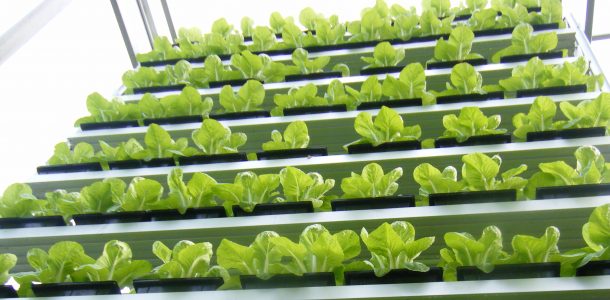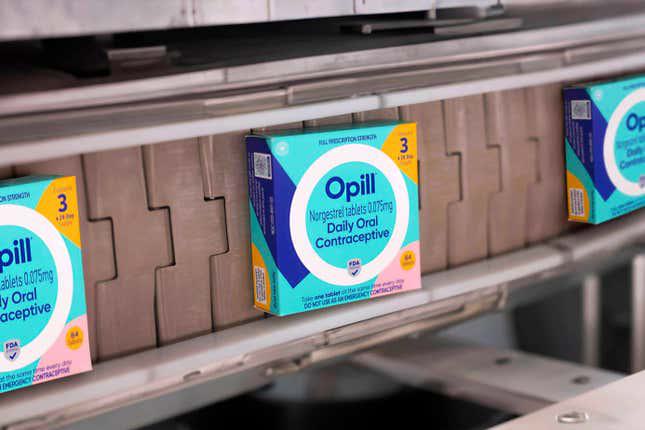Vertical farming hydroponics, aquaponics, and aeroponics trends and companies in 2022 - Dispatch Weekly
January 12, 2022 - Reading time: 6 minutes

What if everything could be grown in a sustainable, cost-effective way? That question is being answered by entrepreneurs in the food industry who are looking to design innovative ways to produce healthy, delicious produce without compromising the environment. Trillions of dollars are spent each year to fill grocery shelves with fruits and vegetables grown overseas in large monoculture farms that are damaging the environment. If you’re a fan of futurology, experiencing pest outbreaks and droughts across the world makes you wonder what’s coming to the years ahead for farming. There’s no denying that the people who live in underdeveloped countries without food shortages are quite fortunate.
What is Vertical Farming and how it works?
Vertical farming refers to agriculture that happens in or on buildings instead of outdoors. Some farming is done indoors using conventional tools typically used for planting seeds in fields. Other types rely less on the sun and more on indoor machinery, lights, nutrient-rich solutions, and pest management techniques that are difficult to use in open spaces.

Hydroponics and Aquaponics: What’s the difference?
Aquaponics is a type of hydroponics because both systems grow crops in water. In the simplest terms, it is a way for aquaculture farmers to double-dip on their investment by balancing food production with aquarium maintenance while also producing more organic matter for the soil.
Aquaponics has many advantages over hydroponics that make this a green farming system of choice. Hydroponics is the way of using water to dissolve fertilizer and nutrients, then applying it to the land. Hydroponic farming systems are suitable for crops that grow easily in pots. Aquaponics is different because it mixes to fish, food particulates, and gravel that act as filters for each other. Aquaponics systems are perfect for planting large-scale farms that cultivate produce on a larger scale—otherwise known as greenhouse vegetable farming.
Hydroponics, Aquaponics, and Aeroponics technologies are driving the current food industry into new ways to feed and fertilize soil-less plants. One interesting business is the Shinnecock Salt Co., which appears to be selling hydroponic tanks complete with pumps, sprayers, substrates for plant roots, time clocks for filling with nutrients, CO2 emitters that generate carbon dioxide gas into the containment cups used for aeroponic growth.
In recent years, there have been a variety of ideas and developments in the field of hydroponics.
Architects have been building growing systems using containers made from corrugated cardboard to produce a surprising number of crops year-round. Vertically grown produce has the potential to increase production while significantly reducing cultivation costs due to better use of space and more efficient distribution of water and nutrients.
Vertical farming as businesses
A quick glance at the headlines about vertical farming shows that we’re entering a new stage in food production. Plans to build the world’s biggest indoor farm in Abu Dhabi, construction of Europe’s largest vertical farming skyscraper, and 100 million dollars invested by Norway’s Kalera all speak to how this rapidly spreading movement is now marching across the globe.

Vertical farming is booming due to the efficiency, environmental gains, and low cost. However, recent reports are questioning the credibility of the process which could threaten everything that potential investors may see as profitable. Here some leading companies:
- AeroFarms
- GP Solutions
- Plenty
- Bowery Farming
- BrightFarms
- Gotham Greens
- Iron Ox
Vertical farming, also known as a method where plants are grown in a contained environment that increases the efficient use of resources and improves yield, will grow by 15% in 2022.
Current trends suggest that because vertical farming is less prone to disease, pests, and environmental damages from extreme weather, it will become an important aspect to address growing population demands.

DW Staff
David Lintott is the Editor-in-Chief, leading our team of talented freelance journalists. He specializes in covering culture, sport, and society. Originally from the decaying seaside town of Eastbourne, he attributes his insightful world-weariness to his roots in this unique setting.




